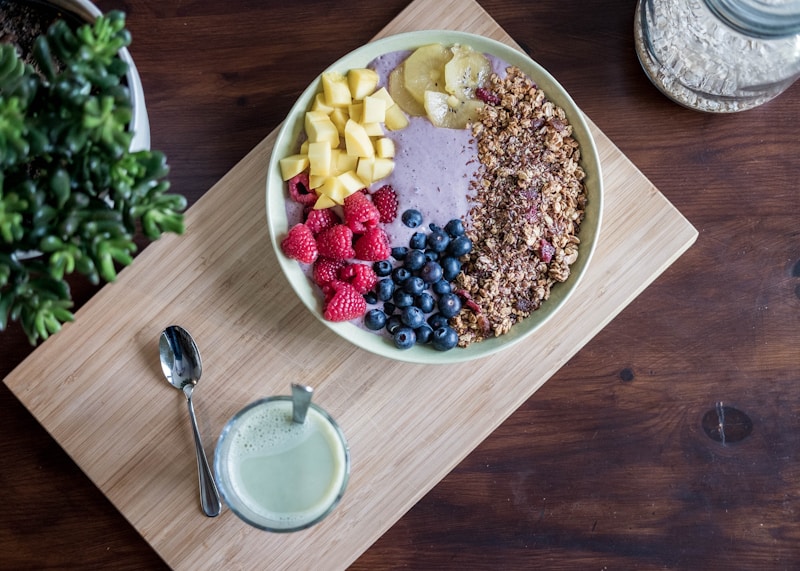23 Questions
What are two properties of carbon that allow it to form covalent compounds?
Catenation (ability to form long chains) and tetravalency (ability to form four bonds)
What is the difference in the molecular formula between two consecutive members of a homologous series of organic compounds?
A difference of CH2
What is meant by a saturated hydrocarbon, and why are structures A and B not isomers?
A saturated hydrocarbon is a hydrocarbon that has only single bonds between carbon atoms. Structures A and B are not isomers because they have different molecular structures, despite having the same molecular formula.
What are two types of reactions that saturated hydrocarbons undergo, and what is the general formula for the group of organic compounds classified as Alkanes?
Two types of reactions are combustion and substitution. The general formula for Alkanes is CnH2n+2.
What is the condensed structural formula for each of the structures below: STRUCTURE 1 and STRUCTURE 2?
Need to provide the actual structures to answer this question.
Why do alkanes not react with oxygen at room temperature, but vigorously react when a flame or spark is provided?
Alkanes do not react with oxygen at room temperature because they require activation energy to overcome the energy barrier. A flame or spark provides this energy, allowing the reaction to proceed.
What is the general equation for the combustion reaction of an alkane?
C$n$H${2n+2}$ + $rac{3n+1}{2}$O$_2$ → $n$CO$_2$ + (n+1)H$_2$O
What is the reaction condition for a halogenation reaction?
UV light or heat
What are the four common types of reactions that organic compounds undergo?
Substitution, elimination, oxidation, and reduction
How would you classify the type of organic reaction shown in a given reaction?
Depends on the reaction, e.g. substitution, elimination, oxidation, or reduction
What is the difference between the two combustion reactions shown?
One is complete combustion, producing only CO$_2$ and H$_2$O, while the other is incomplete combustion, producing CO and/or other products
What is an enantiomer?
A non-superimposable mirror image of a molecule
What is the general name of the reaction that involves the loss of hydrogen in an alcohol, resulting in the formation of a carbonyl compound?
Oxidation
What is the name of the compound formed when an alcohol reacts with a carboxylic acid in the presence of an acid catalyst?
Ester
What is the definition of a primary amine?
A primary amine is an amine where the nitrogen atom is bonded to one alkyl group and two hydrogen atoms.
What is the reagent used to produce an amide when reacted with ammonia?
Acetyl chloride or ethanoic anhydride
What is the IUPAC name of the compound with the structural formula CH₃(CH₂)₃CH(OH)CH₃?
3,5-dimethyl-1-hexanol
What is the product formed when ethanoic anhydride reacts with ammonia?
Ethanamide (CH₃CONH₂) and water
What is the general formula for a carboxylic acid?
R-COOH
What is a characteristic of esters?
Esters are typically sweet-smelling and have a fruity odor
What is a difference between an ester and a carboxylic acid?
Esters are less polar and have a lower boiling point than carboxylic acids
What is the name of the ester produced from the reaction of acetic acid and 1-butanol in the presence of a mineral acid catalyst?
Butyl acetate
What is a criterion for classifying a compound as aromatic?
Planarity of the molecule
This quiz assesses knowledge of organic chemistry, covering topics such as properties of carbon, molecular formulas, and saturated compounds. Questions require analysis and understanding of chemical concepts. Answer five out of eight questions within 3 hours.
Make Your Own Quizzes and Flashcards
Convert your notes into interactive study material.
Get started for free



